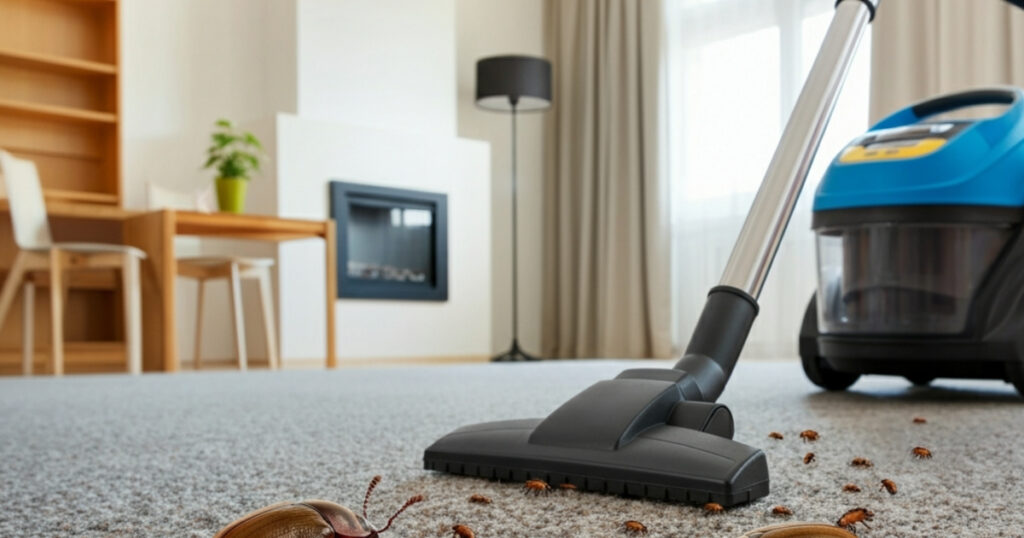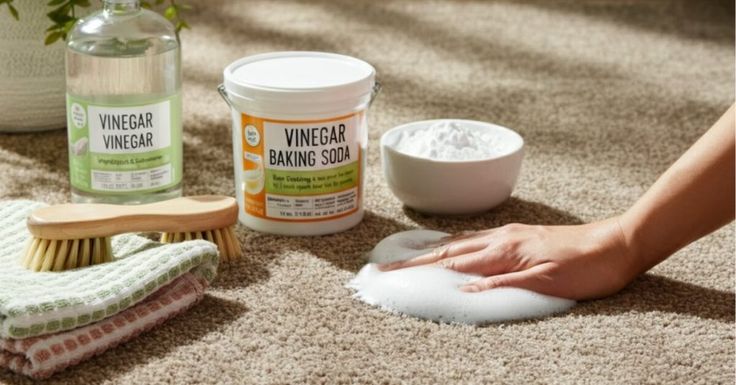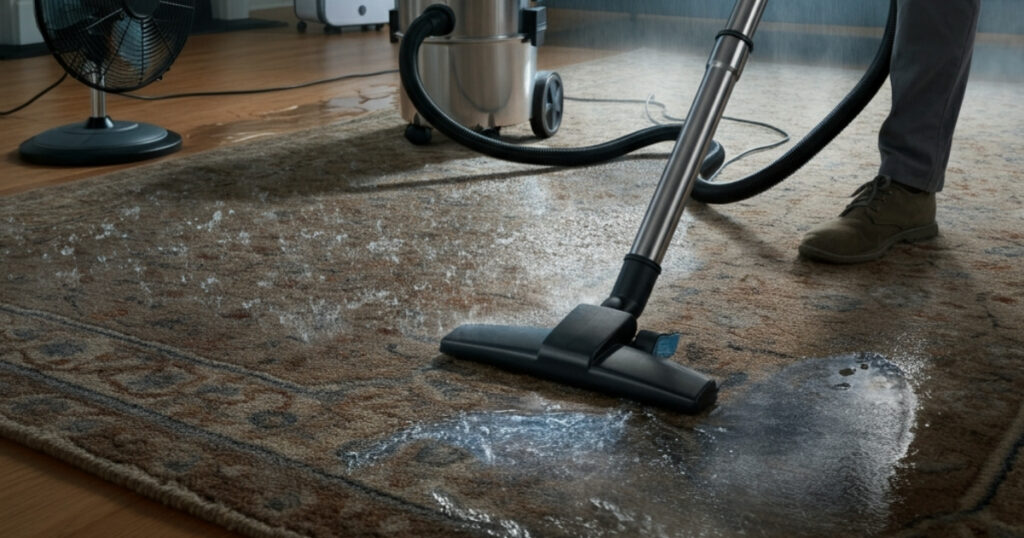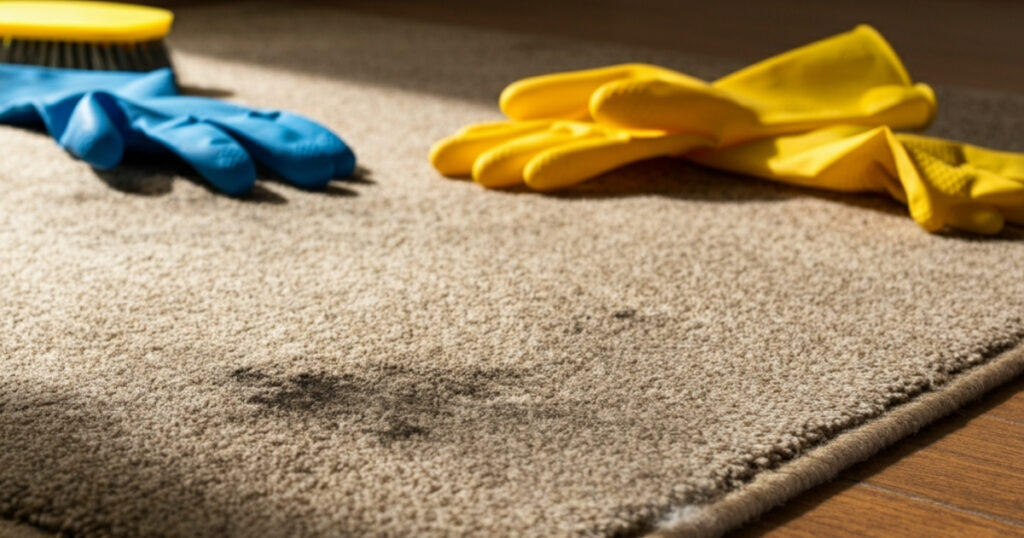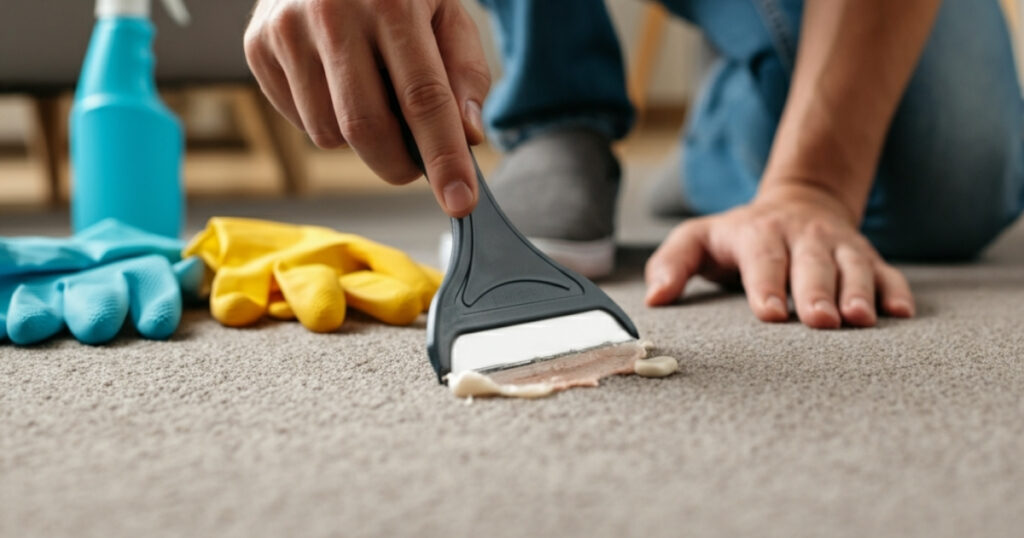As an Amazon Associate, I earn from qualifying purchases.
Varied carpet beetles might be small, but they can cause big problems in your home. These tiny pests feed on natural fibers, carpets, clothing, and other household items, leaving behind damage that’s both frustrating and expensive to repair. If you’ve spotted these oval-shaped insects or noticed mysterious holes in your fabrics, you’re dealing with a varied carpet beetle infestation.
Understanding how to get rid of varied carpet beetles effectively requires a comprehensive approach that targets both adult beetles and their larvae. This guide will walk you through proven methods to eliminate these pests, prevent future infestations, and protect your belongings from further damage. Whether you’re dealing with a minor problem or a full-blown infestation, these strategies will help you reclaim your home from these destructive insects.
Contents Overview
What Are Varied Carpet Beetles?
Varied carpet beetles (Anthrenus verbasci) are small oval insects measuring about 2-3mm in length. Adult beetles display distinctive mottled patterns with white, brown, and yellow scales across their bodies. However, it’s their larvae that cause the most damage to household items.
The larvae, often called “woolly bears,” are small, hairy caterpillars that feed voraciously on natural materials. They prefer wool, silk, fur, feathers, and other organic fibers, but they’ll also consume cotton, linen, and synthetic blends when necessary. These pests can live up to three years in their larval stage, continuously feeding and growing before pupating into adult beetles.
Understanding their life cycle is crucial for effective control. Adult beetles typically live outdoors, feeding on pollen and nectar from flowers. They enter homes during spring and summer to lay eggs in dark, undisturbed areas where larvae can access food sources.
Signs of Varied Carpet Beetle Infestation
Recognizing the early signs of a varied carpet beetle problem helps you address the issue before it becomes severe. Here are the key indicators to watch for:
Physical Evidence
Small holes in clothing, carpets, or upholstery are the most obvious signs. These holes often appear irregular and scattered, different from moth damage which typically creates more uniform patterns. You might also notice thin, threadbare areas on carpets or rugs.
Live Beetles and Larvae
Adult beetles are often found near windows, trying to escape back outdoors. They’re particularly active during spring months. Larvae appear as small, brown, hairy caterpillars and are usually discovered in closets, under furniture, or along baseboards.
Shed Skins and Fecal Pellets
As larvae grow, they shed their skins multiple times, leaving behind small, brownish shells. You might also find tiny, round fecal pellets in areas where they’ve been feeding.
Unusual Pet Behavior
Pets sometimes react to carpet beetle larvae, scratching or biting at areas where the insects are present. This can indicate an infestation in carpeted areas.
How to Get Rid of Varied Carpet Beetles: Step-by-Step Process
Immediate Inspection and Assessment
Start by conducting a thorough inspection of your entire home. Focus on areas where natural fibers are stored or used regularly. Check closets, bedrooms, storage areas, and any rooms with wool carpets or rugs.
Look inside drawers, behind furniture, in closet corners, and under beds. Pay special attention to items that haven’t been moved recently, as carpet beetles prefer undisturbed environments.
Document the extent of the infestation by noting all affected areas and damaged items. This assessment helps you determine whether you need professional help or can handle the problem yourself.
Deep Cleaning Strategy
Comprehensive cleaning is essential for carpet beetle control. Begin by vacuuming all carpeted areas thoroughly, paying extra attention to edges, corners, and areas under furniture. Use the crevice attachment to reach tight spaces where larvae might hide.
After vacuuming carpets, clean all hard surfaces with appropriate cleaners. Mop floors, wipe down baseboards, and clean inside closets and storage areas. The goal is to remove any food sources and potential hiding spots.
Wash all affected clothing and linens in hot water (at least 120°F) if the fabric care labels allow. For delicate items, dry cleaning provides an effective alternative. The heat treatment kills both beetles and larvae at all life stages.
Targeted Treatment Methods
Diatomaceous Earth Application
Food-grade diatomaceous earth works effectively against carpet beetle larvae. Sprinkle a thin layer in affected areas, particularly along baseboards, in closets, and under furniture. The microscopic particles damage the insects’ exoskeletons, causing dehydration.
Leave the diatomaceous earth in place for several days, then vacuum thoroughly. Reapply as needed, especially in areas with ongoing activity.
Natural Repellents
Cedar products naturally repel carpet beetles. Place cedar blocks, balls, or sachets in closets and storage areas. Essential oils like lavender, eucalyptus, and peppermint also deter these pests when applied to cotton balls and placed strategically around the home.
Heat Treatment
For severely infested items that can’t be washed, heat treatment offers an effective solution. Place items in a clothes dryer on high heat for 30-40 minutes, or leave them in a hot car during summer months.
Chemical Treatment Options
When natural methods aren’t sufficient, targeted insecticide applications can help eliminate stubborn infestations. Choose products specifically labeled for carpet beetles and follow all manufacturer instructions carefully.
Spray treatments work best when applied to cracks, crevices, and other areas where larvae might hide. Focus on baseboards, closet corners, and spaces under furniture rather than treating entire carpet surfaces.
Always ensure proper ventilation when using chemical treatments, and keep pets and children away from treated areas until products dry completely.
Prevention Strategies
Regular Maintenance Practices
Consistent cleaning schedules prevent carpet beetle infestations from establishing. Vacuum carpets and rugs weekly, paying attention to edges and corners where debris accumulates. Regular cleaning removes potential food sources and disturbs any developing populations.
Inspect and clean storage areas quarterly. This includes closets, attics, basements, and any areas where clothing or textiles are stored long-term. Rotate stored items periodically to prevent beetles from settling in undisturbed spaces.
Proper Storage Techniques
Store vulnerable items in airtight containers or sealed plastic bags. This prevents beetles from accessing natural fibers while also protecting against other fabric pests. Use cedar-lined containers or add cedar products to storage areas for additional protection.
Clean all items before storing them. Food stains, perspiration, and other organic residues attract carpet beetles. Even seemingly clean items should be washed or dry cleaned before long-term storage.
Environmental Controls
Maintain low humidity levels throughout your home. Carpet beetles thrive in humid conditions, so using dehumidifiers or ensuring proper ventilation reduces their ability to survive and reproduce.
Seal potential entry points around windows, doors, and other openings. While complete exclusion isn’t possible, reducing access points limits new infestations.
Professional Treatment Options
When to Call Exterminators
Consider professional help when infestations are widespread, affecting multiple rooms or valuable items. If you’ve tried multiple treatment methods without success, professionals have access to more powerful treatments and specialized equipment.
Professional treatment becomes necessary when dealing with extensive carpet or upholstery infestations that require fumigation or heat treatment methods beyond typical homeowner capabilities.
What to Expect from Professional Services
Professional pest control technicians begin with comprehensive inspections to identify all affected areas and determine the extent of the problem. They’ll create customized treatment plans based on your specific situation.
Treatment options may include residual insecticide applications, heat treatments, or fumigation for severe cases. Professionals also provide detailed prevention recommendations and follow-up services to ensure complete elimination.
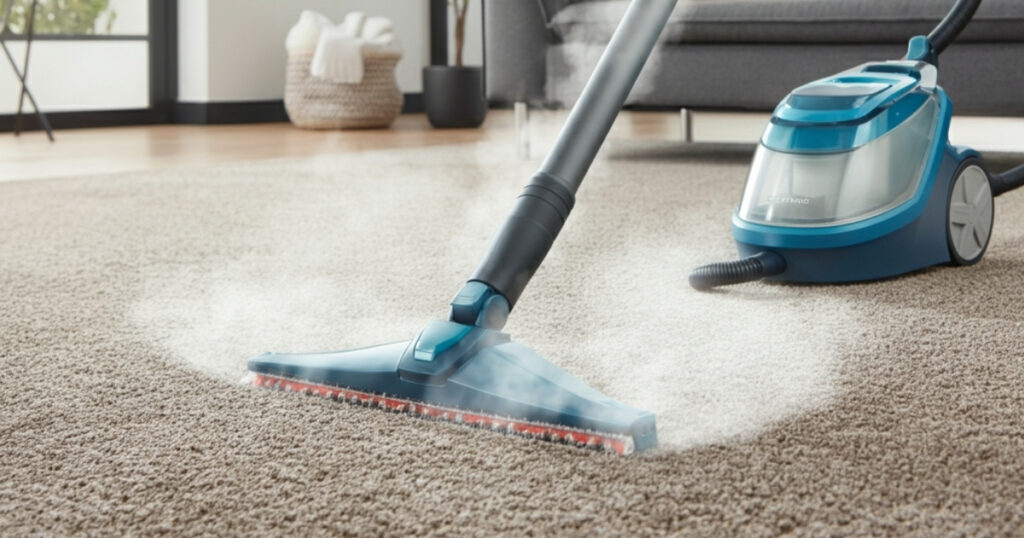
Frequently Asked Questions
1. How long does it take to get rid of varied carpet beetles completely?
Yes, complete elimination typically takes 2-6 weeks with consistent treatment. The timeline depends on infestation severity and treatment methods used.
2. Can carpet beetles bite humans or pets?
No, carpet beetles don’t bite. However, some people experience skin irritation from contact with larval hairs, which can cause allergic reactions.
3. Do carpet beetles only infest dirty homes?
No, carpet beetles can infest any home regardless of cleanliness. They’re attracted to natural fibers and can enter through open windows or doors.
4. Will mothballs prevent carpet beetle infestations?
Yes, mothballs can deter carpet beetles, but they’re toxic and not recommended for general use. Cedar products offer safer alternatives with similar repellent properties.
5. Can I use regular household vacuum cleaners for carpet beetle removal?
Yes, regular vacuums work effectively. However, dispose of vacuum bags immediately and clean bagless canisters thoroughly to prevent spreading the infestation.
6. Are carpet beetles active year-round?
No, adult beetles are most active during spring and early summer. However, larvae remain active throughout the year if indoor conditions are suitable.
Protecting Your Home Long-Term
Successfully eliminating varied carpet beetles requires ongoing vigilance and preventive measures. Regular inspections, consistent cleaning routines, and proper storage practices form the foundation of long-term protection.
Remember that varied carpet beetle control is most effective when you address both immediate infestations and underlying conditions that attract these pests. By combining thorough cleaning, targeted treatments, and preventive strategies, you can eliminate current problems and significantly reduce the likelihood of future infestations.
Take action immediately if you suspect carpet beetle activity in your home. Early intervention prevents minor problems from becoming major infestations that require extensive treatment and potentially costly item replacement. With the right approach and consistent effort, you can successfully protect your home and belongings from these destructive pests.
As an Amazon Associate, I earn from qualifying purchases.

